Unlocking Clear Skin: Top Chest Acne Therapy Ingredients Revealed
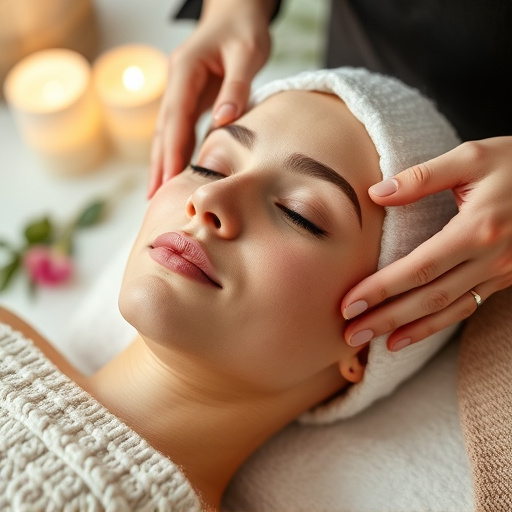
Chest acne requires specialized care due to unique skin traits. Understanding causes like hormonal s…….
Chest acne, a prevalent skin condition affecting individuals worldwide, has led to a growing demand for specialized treatments. Chest acne therapy represents a multidisciplinary approach aimed at addressing this stubborn problem. This comprehensive article delves into the various facets of chest acne therapy, exploring its historical foundations, global impact, economic implications, technological innovations, regulatory landscape, challenges, and future prospects. By examining these aspects, we aim to equip readers with a profound understanding of this therapeutic domain and its potential to transform skin care practices.
Chest acne therapy is a specialized field within dermatology focusing on treating and managing acne that affects the chest area, particularly common in adolescents and adults. It involves a combination of medical treatments, lifestyle modifications, and sometimes surgical interventions to combat the underlying causes of chest acne. Historically, this therapeutic approach has evolved from traditional remedies to incorporate modern scientific insights and advanced technologies.
The core components of chest acne therapy include:
Topical Treatments: Using medicated creams, gels, or lotions containing active ingredients like benzoyl peroxide, retinoids, or antibiotics to target acne lesions directly.
Oral Medications: Prescribing oral anticonvulsants (e.g., isotretinoin) or anti-inflammatory drugs to combat severe or chronic chest acne.
Combination Therapies: Integrating topical and oral treatments, along with other modalities, for a holistic approach to acne management.
Lifestyle Modifications: Educating patients about diet, hygiene practices, and stress management techniques to complement medical interventions.
Surgical Interventions: In select cases, procedures like dermatologic surgery or laser therapy may be employed to treat severe chest acne scarring.
Chest acne therapy’s global impact is significant, with varying trends observed across regions. According to a 2022 report by Grand View Research, the global acne treatment market size was valued at USD 9.5 billion in 2021 and is expected to expand at a compound annual growth rate (CAGR) of 7.8% from 2022 to 2030. This market includes various acne therapies, with chest acne treatments accounting for a substantial share due to the widespread prevalence of this condition.
North America and Europe: These regions lead in terms of advanced dermatological care and research. The United States, in particular, has seen an increase in innovative acne therapy options, including targeted topical treatments and combination therapies.
Asia Pacific: Rapidly growing economies in this region are witnessing a surge in demand for affordable yet effective chest acne treatments. China and India, with their large populations, contribute significantly to this market.
Emerging Markets: Countries in Latin America, the Middle East, and Africa are also experiencing an upsurge in acne-related concerns, leading to increased awareness and access to therapy.
The economic implications of chest acne therapy are substantial, impacting both healthcare systems and individual patients.
Technology plays a pivotal role in enhancing chest acne therapy’s effectiveness and accessibility.
These technological advancements have led to improved treatment efficacy, faster recovery times, and enhanced patient satisfaction. In the future, personalized medicine and digital health solutions are expected to play a more prominent role, allowing for customized chest acne therapy plans and continuous monitoring.
The regulatory environment surrounding chest acne therapy varies across jurisdictions but is critical in ensuring product safety and efficacy.
Chest acne therapy faces several challenges and criticisms, some of which include:
Actionable Solutions:
Case Study 1: Targeted Topical Therapy in Japan
Japan has witnessed remarkable success with a novel targeted topical treatment for chest acne. This medication, approved by the PMDA (Pharmaceuticals and Medical Devices Agency), utilizes a unique delivery system to penetrate deep into the skin, directly addressing acne-causing bacteria. The results from clinical trials showed significant improvements in lesion counts and patient satisfaction within 8 weeks of use. This case highlights the potential of innovative topical therapies in managing chest acne effectively.
Case Study 2: Laser Therapy for Scarring in the US
In the United States, dermatologists have achieved positive outcomes using laser therapy to treat atrophic scars resulting from chest acne. A study published in Dermatologic Surgery demonstrated that fractionated CO2 laser resurfacing led to significant improvements in scar appearance and patient quality of life. This non-invasive approach offers a promising alternative to surgical procedures, especially for individuals seeking minimal downtime recovery options.
Case Study 3: Telemedicine Implementation in Australia
The Australian government’s initiative to expand telemedicine services has positively impacted chest acne therapy accessibility. A pilot program involving remote consultations with specialized dermatologists showed high patient satisfaction rates and improved treatment adherence. This model addresses the challenge of limited specialist availability, particularly in regional areas, ensuring timely access to care for many patients.
The future of chest acne therapy appears promising, with several growth areas and emerging trends on the horizon.
Chest acne therapy has evolved significantly, offering a range of effective treatments to address this common skin concern. From advanced topical formulations to digital health solutions, the field continues to innovate, improving patient outcomes and enhancing accessibility. However, challenges remain, particularly in managing severe cases and ensuring affordable care for all.
Looking ahead, the future of chest acne therapy promises exciting possibilities with emerging technologies, personalized medicine, and a greater emphasis on sustainable skincare practices. As research progresses and healthcare systems adapt, we can anticipate more tailored, efficient, and accessible treatments for chest acne worldwide.
Q1: How does chest acne differ from facial acne?
Chest acne shares similarities with facial acne, but there are distinct differences. Chest skin is thicker and oilier than facial skin, making it more susceptible to comedogenic (blackhead and whitehead) formation. Additionally, the larger surface area of the chest allows for more extensive breakouts, often characterized by inflammatory lesions.
Q2: Are there any natural remedies for chest acne?
While some natural remedies may help manage mild chest acne, they are not considered as effective as medical treatments. Lemon juice, tea tree oil, and aloe vera are examples of popular natural options, but their efficacy is variable, and overuse can exacerbate acne or cause skin irritation.
Q3: How long does it take to see results from chest acne treatment?
Treatment outcomes vary depending on the severity of chest acne and the chosen therapy. Mild cases may improve within a few weeks with topical treatments, while more severe conditions could take several months of consistent treatment for noticeable results. Individual patient responses also play a significant role.
Q4: Can chest acne scar permanently?
Chest acne scars can vary in depth and severity. While some scars may remain visible, permanent scarring is rare. Atrophic (icepick) scars and hyperpigmentation are common, but advanced treatments like laser resurfacing and chemical peels can significantly improve their appearance.
Q5: Is chest acne more common in men or women?
Chest acne is relatively prevalent among both men and women, with studies suggesting similar incidence rates. However, it tends to manifest differently in males and females. Men often present with larger, more inflammatory lesions, while women may experience smaller, less inflammatory breakouts but are more prone to post-acne hyperpigmentation.

Chest acne requires specialized care due to unique skin traits. Understanding causes like hormonal s…….

Chest acne therapy for sensitive skin requires a holistic approach addressing triggers like hormones…….
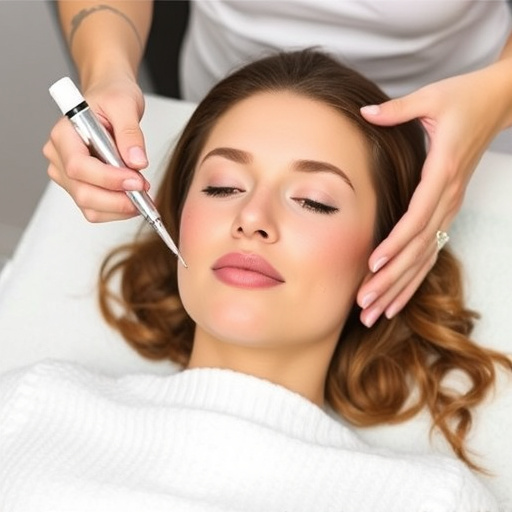
Chest acne therapy involves a multifaceted approach combining topical treatments, medical spa servic…….
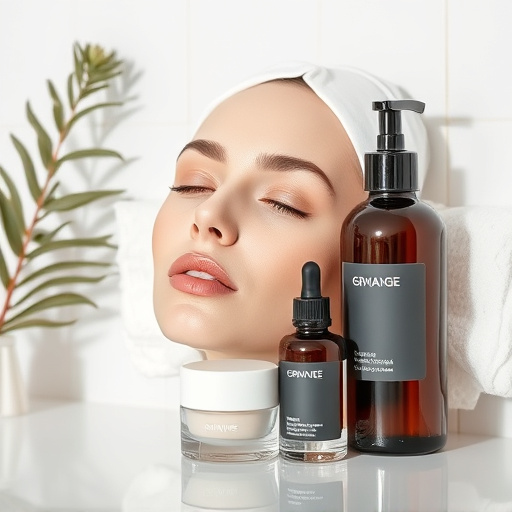
Chest acne results from hormonal changes, sweating, friction, and stress, leading to clogged pores a…….
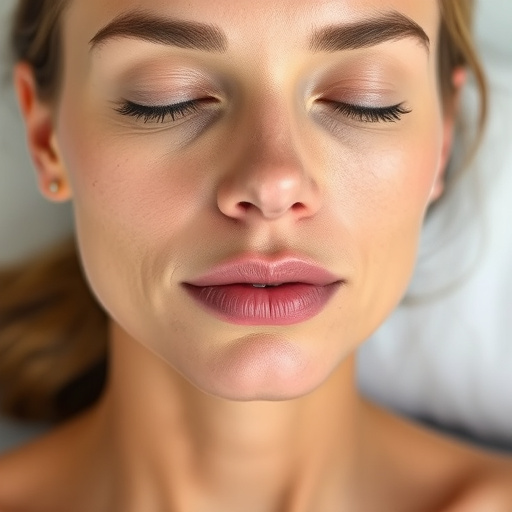
Identify your skin type (oily, dry, combination) for personalized chest acne therapy. Avoid harsh cl…….
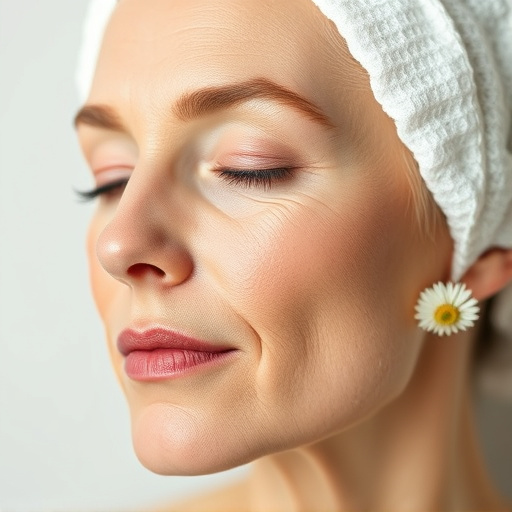
Chest acne, often untreated due to lack of awareness, is caused by hormonal changes, medications, an…….
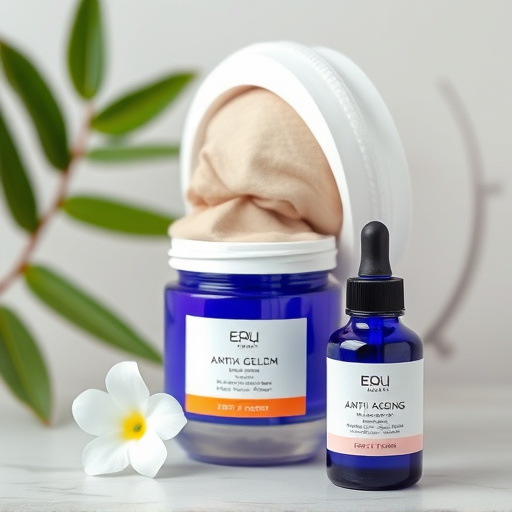
After chest acne therapy, establish a gentle skincare routine with calming cleansing, lightweight mo…….
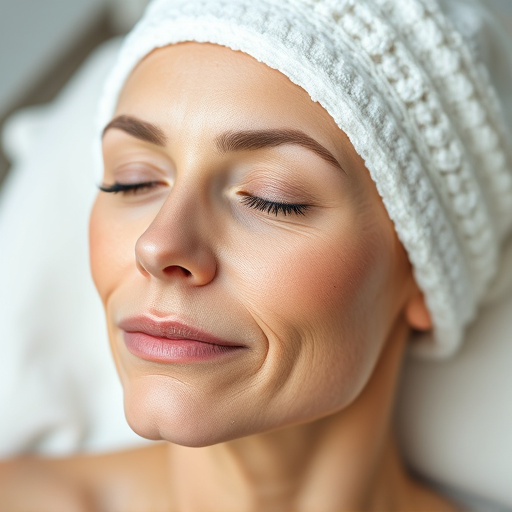
After chest acne therapy, a gentle post-care routine is essential to maintain clear skin. Use non-ir…….
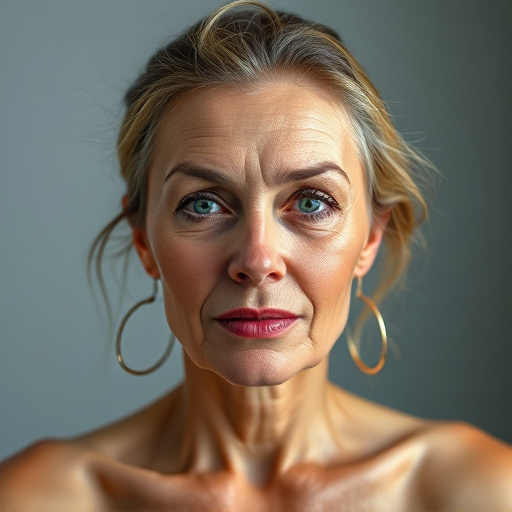
Chest acne therapy involves a multi-faceted approach combining topical treatments with benzoyl perox…….
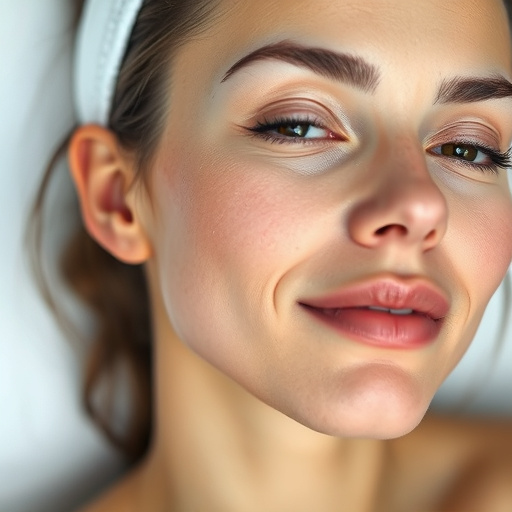
Chest acne requires specialized care due to sensitive skin. Avoid irritating treatments and opt for…….